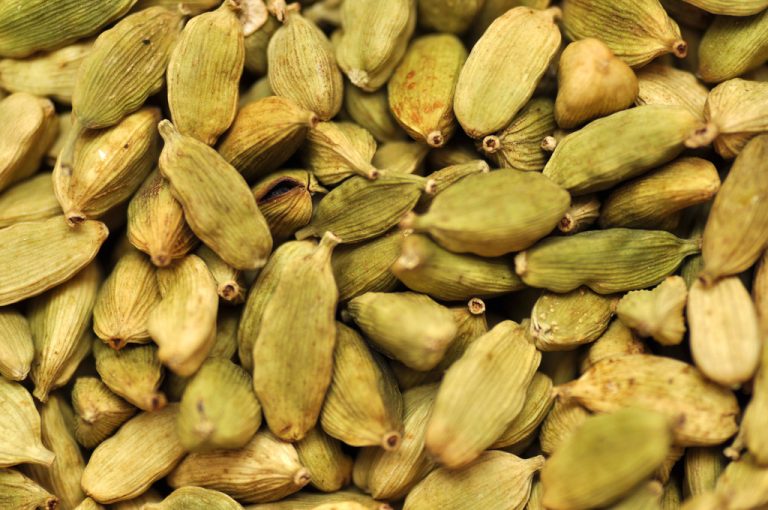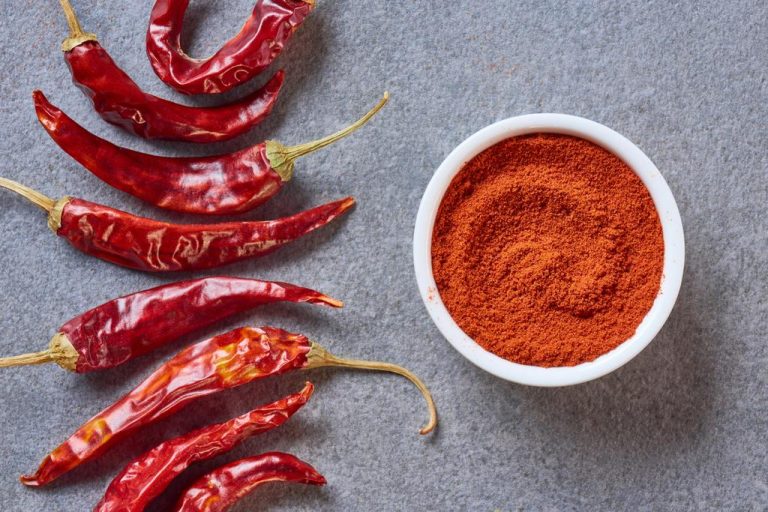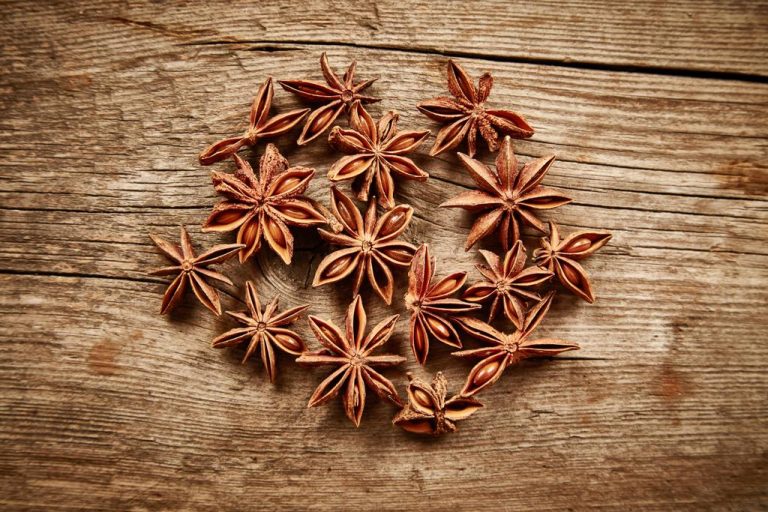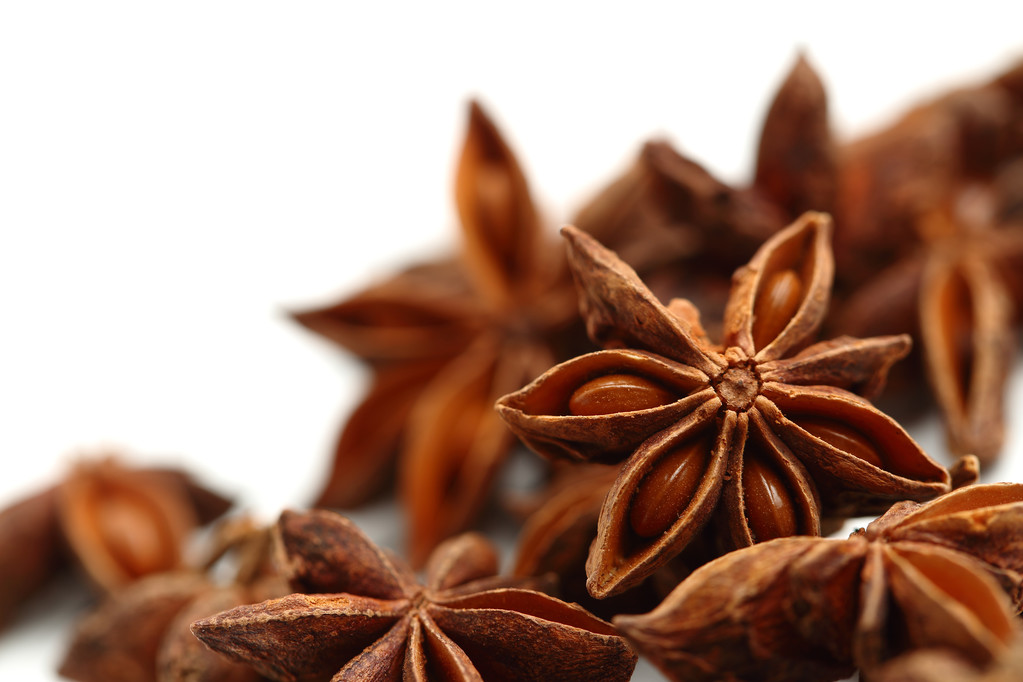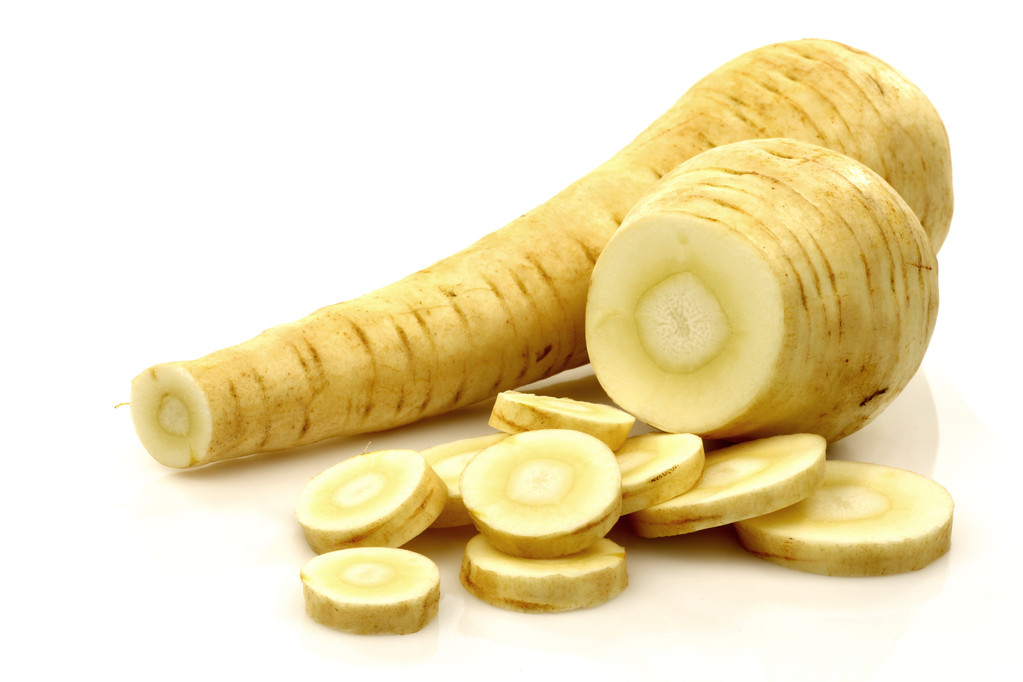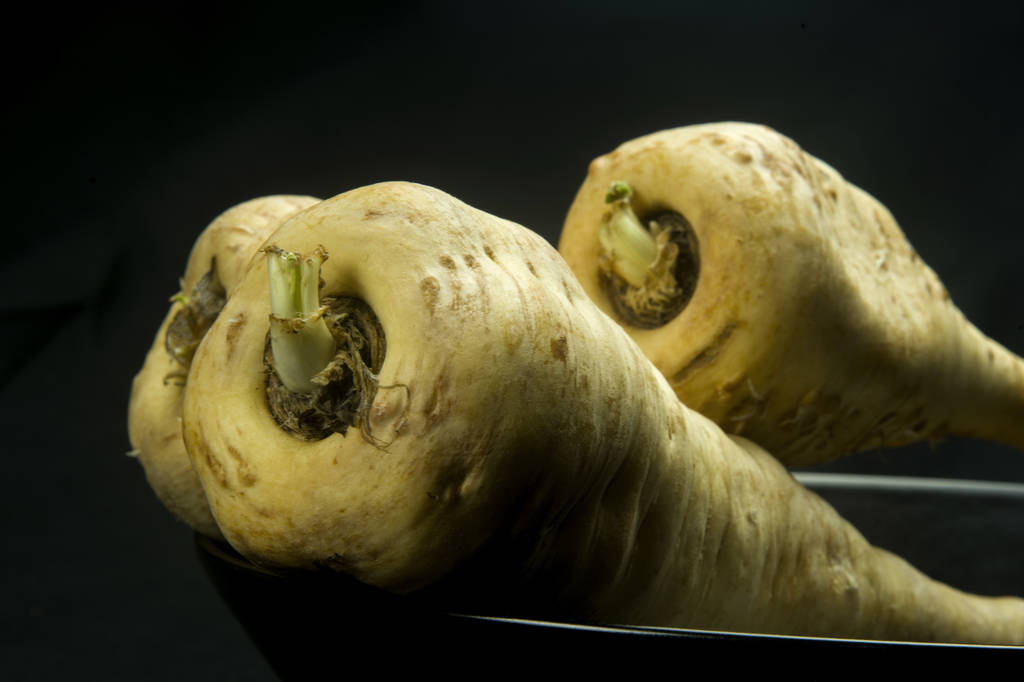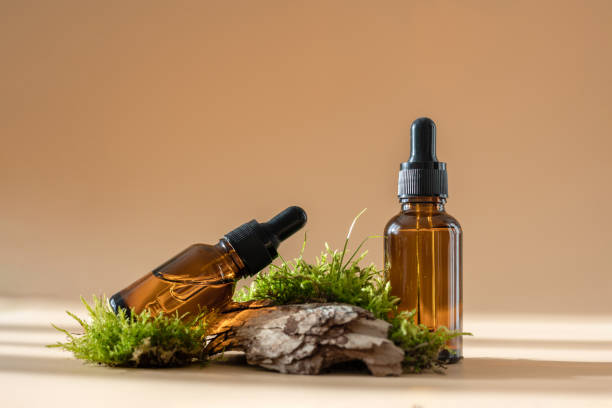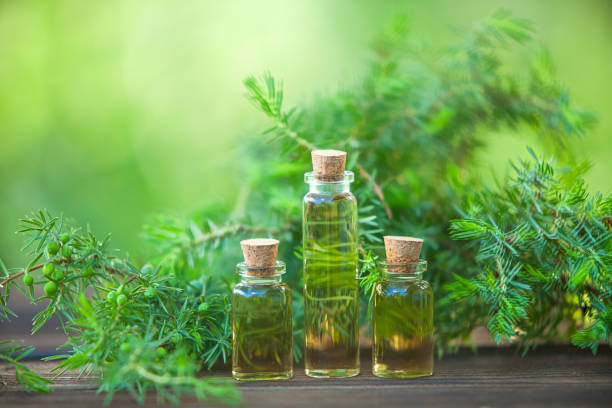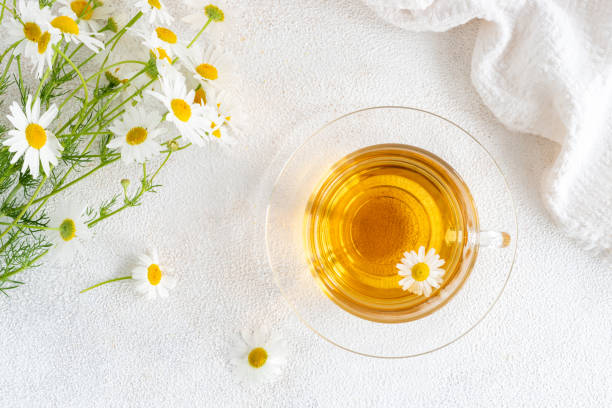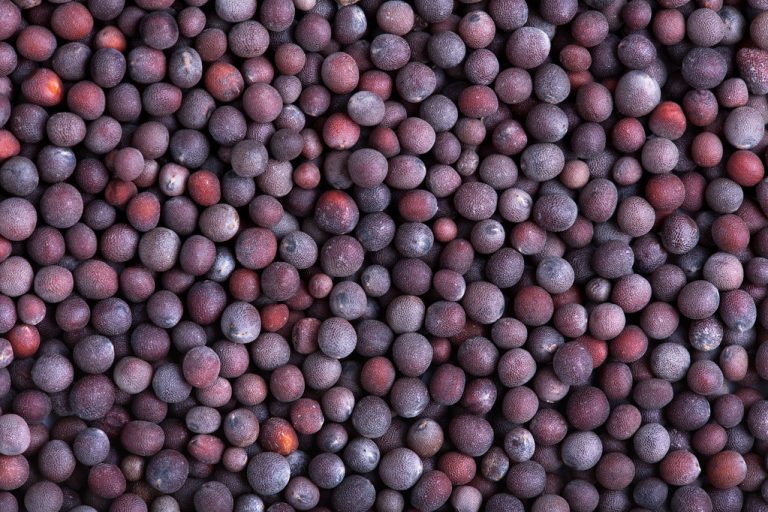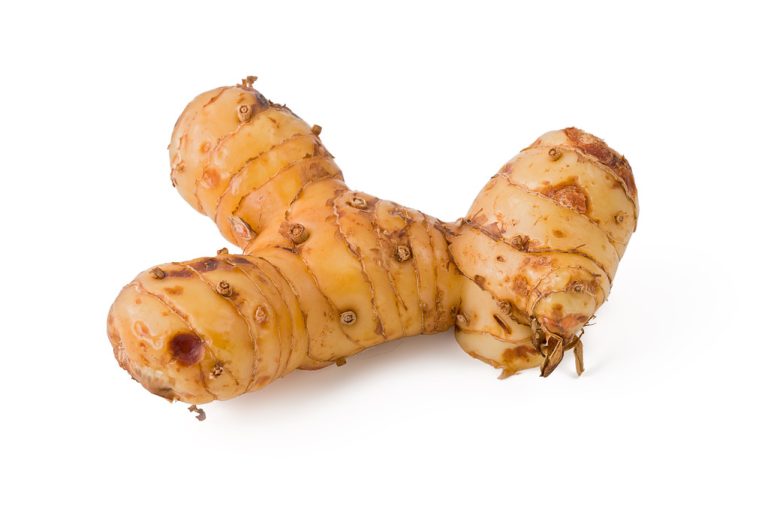Cardamom is one of the most expensive and exclusive spices in the world. Not only the unique taste makes cardamom so special: The capsules have been valued for their medicinal properties for centuries.
The spice cardamom is obtained from the capsules of the cardamom bushes, which can grow up to five meters high. A distinction is usually made between two types:
Green cardamom: The variety is native to southern India, Sri Lanka, Thailand and Iraq. Green cardamom is now also cultivated and exported in Guatemala, Madagascar and Vietnam.
Black cardamom: The spice comes from China and is now primarily cultivated in Nepal.
The capsules of the cardamom plants are harvested when they are still unripe, otherwise they would open and lose the seeds. The yellowish-green capsules are then dried. In the growing areas, the leaves of the perennials are also used. Their taste is strongly reminiscent of cinnamon, which is why they are mainly used for tea or desserts.
By the way: Cardamom belongs to the ginger family, which is why, like ginger, it forms underground rhizomes. However, only the above-ground capsules with the seeds they contain are used.
Cardamom: spice with medicinal properties?
Although cardamom was already valued by the Romans for its digestive properties and was considered an aphrodisiac by the Arabs, the spice has not yet been extensively scientifically researched.
In addition to starch and protein, the aromatic capsule contains the following ingredients, among others:
essential oils
antioxidants
manganese
iron
Cardamom is said to have many different effects:
According to the report by nutritionist Dr. Uwe Siedentopp, the spice has a gall-stimulating and deflating effect. In Ayurvedic health science, cardamom is therefore considered an important remedy for various digestive problems.
The intense smell of the spice is said to counteract bad breath and help against the smell of garlic or alcohol.
In animal experiments on mice and rats, an antispasmodic and anti-inflammatory effect could also be demonstrated. The extent to which this can be transferred to humans is questionable. Nevertheless, cardamom is often used for menstrual cramps.
In India, cardamom is also traditionally used to treat colds and respiratory diseases. Cardamom is said to have an expectorant effect and thus relieve symptoms. However, there is no scientific evidence for this.
The effects of cardamom are mainly attributed to its high content of essential oils. In order to preserve these, it is important that you do not overheat cardamom. It’s best to add the seasoning just before serving.

Cardamom in the kitchen: A special aroma for sweet and savory dishes
Cardamom has a slight tart note and is sweet at the same time. This extraordinary combination makes the spice an indispensable ingredient in chai tea, for example. But cardamom is also well suited for refining coffee.
In India, cardamom is considered the “queen of spices”. There, the capsule is used for both savory dishes and desserts. So it is not surprising that cardamom is an important component for spice mixtures such as curry powder or garam masala.
We know the spice mainly from the Christmas season as an ingredient for biscuits such as speculoos or mulled wine. Cardamom is far more diverse:
It is ideal for dishes with fruit, such as compote. Cardamom goes particularly well with apples, pears or oranges.
Similar to cloves, you can also cook cardamom in rice to give it a special touch. Of course, this also works with rice pudding.
Cardamom is also suitable for savory dishes. Meat and fish can be refined with it just as well as vegetable pans.

